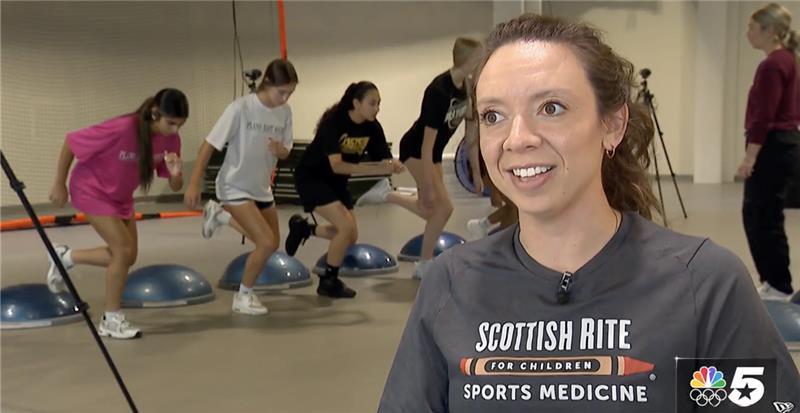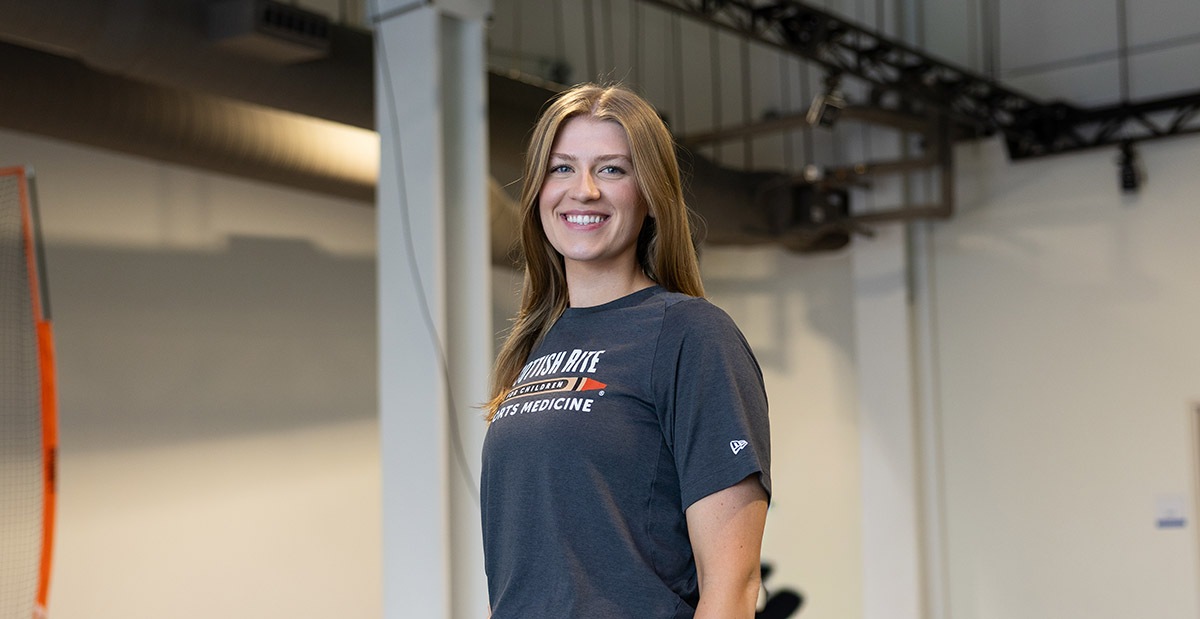Lacrosse is one of the oldest sports in North America and is also one of the fastest growing sports in the United States. In 2021, there were more than 40,000 collegiate and more than 450,000 youth lacrosse players. Boys’ and girls’ lacrosse follow different rules and require different equipment, which may impact the types of injuries seen in these young athletes.
“Lacrosse is an intense and demanding sport,” orthopedic surgeon John E. Arvesen, M.D., says. “Athletes who are prepared can dramatically reduce the risk of injury.” Coaches and parents can use these tips to guide young athletes in the right direction.
FOUR WAYS TO REDUCE INJURY RISK IN LACROSSE
Wear proper equipment. Protective gear that meets standards and fits correctly will provide the most benefit. Poor-fitting equipment may not offer the same protection or support.
Perform a dynamic warm-up. This involves continuous movement to raise the body’s core temperature in preparation for training or competition. Perform this before each practice or game to increase elasticity in the muscles, tendons and ligaments around the joints.
Learn and implement effective hydration strategies. Mild dehydration can worsen performance. Ideally, players should drink water every 15 to 20 minutes. Add a sports drink during intense activities lasting longer than one hour or in very hot environments to replace electrolytes lost through sweat.
Plan for rest and cross-training. Early sport specialization increases an athlete’s risk of injury and inhibits their athletic development. Focusing on one sport at an early age may lead to movement imbalances, an increased risk of injury and overtraining. A one- or two-month break between seasons and a day or two of rest each week in-season is recommended.
Some injuries in lacrosse are more difficult to prevent, such as those that occur from sticks, collisions and falls. Non-contact injuries are considered to be more preventable. As a sports physical therapist and youth lacrosse parent and coach, Michael Losito teaches young athletes the importance of learning fundamental movements to prepare their bodies for non-contact injuries. “When an athlete has control over the trunk and lower extremities, he or she can produce more power, which may help to protect the joints from minor and serious injuries,” Losito says.
Common Injuries in Lacrosse
Despite efforts to reduce the risk of injury, some accidents are going to happen. Make sure you recognize and respond to injuries promptly. Many conditions can be treated with rest and a short round of rehabilitation if they are recognized early.
SPORT-RELATED CONCUSSIONS
Concussions in girls’ lacrosse players are often the result of stick contact, or a blow with a stick to the head. Boys’ lacrosse has a higher risk for concussion due to player-to-player contact. An athlete with any concussion symptoms, including change in behavior, thinking or performance after a collision or a blow to the head, neck or body, should be removed from play immediately and not return to play the same day. A medical professional with experience managing concussions should determine when it is safe to return to play.
KNEE AND ANKLE INJURIES
Sudden changes in direction, stopping and jumping can place a lot of stress on the knee. This can stretch and tear ligaments, such as the anterior cruciate ligament (ACL) and medial collateral ligament (MCL). A swollen knee is a sign of a joint injury that needs to be evaluated.
In lacrosse, sudden direction changes, stepping on another player’s foot or landing from a jump can result in an ankle injury. Ankle sprains and injuries to the growth plate are common in growing athletes and should be evaluated to optimize treatment and return to sport.
BACK AND CHEST INJURIES
Player-to-player collisions or falls may cause back injuries. Powerful and repetitive rotation while running, cradling, shooting and passing is more likely to cause activity-related pain in lacrosse. Overuse injuries, such as stress fractures (spondylolysis), are also common in young athletes. Persistent back pain from overuse injuries needs to be evaluated by a medical professional. The equipment and high-speed movements in lacrosse increase the risk of a rare injury from a direct blow to the chest from the ball, a stick or player collisions. The condition, called commotio cordis, can be life-threatening. Chest protectors may reduce the impact and risk of this injury.
ARM INJURIES
The design of lacrosse protective gear allows the arm to move freely but leaves the shoulder open to injury. Clavicle (collar bone) fractures and ligament injuries, or “separated shoulders,” may occur. A change in the appearance of the shoulder, pain, swelling or limited motion after a collision or fall should be evaluated.
Body checks, stick checks and slashing may cause hand and wrist injuries. Soft tissue injuries such as ligament sprains may heal with rest and ice. Others may need a brace or other treatment.
Download the PDF.














